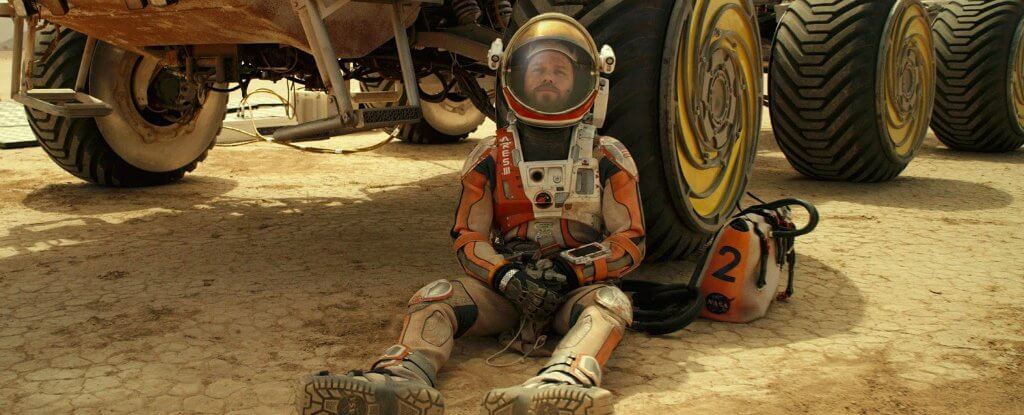
Scientists have found that certain components present in the Martian soil capable of destroying entire bacterial culture in just a few minutes. Researchers have long wondered over whether microorganisms are able to survive on the surface of the red planet. And the results of recent laboratory tests show that the destiny of any fallen on the surface of Mars green bacteria is unenviable. Apparently, potatoes grow on Mars will be much harder than previously.
The problem is to perchlorates – chlorine-containing chemical compounds, first discovered on Mars in 2008. These substances can retain water on Mars in the liquid state, but actually turn it into acid brine. For people perchlorates are toxic, but not necessarily create the same problems for microbes. And since these connections allow water to remain in liquid form, scientists previously thought that their presence on Mars may be useful for life.
However, the researchers from Edinburgh University say that exposure to strong UV light these compounds make them a deadly poison for all forms of life.
“The perchlorates are stable at room temperature, but become a powerful oxidizing agent when activated, for example, high temperature,” the researchers report.
One of the ways to turn perchlorate into the acid is exposed to a powerful source of ultraviolet radiation. Since Mars is much less dense compared to earth’s atmosphere, its surface is exposed every day to such type of radiation.
Scientists decided to conduct an experiment. They took found on the skins of spacecraft (including ISS) bacteria Bacillus subtilis (Bacillus subtilis) and put it in the terms of artificially recreating the environment on the surface of Mars. The bacteria floated in a solution of magnesium perchlorate of the same concentration that is found on the red planet, and then they were subjected to ultraviolet radiation of the same wavelengths that bombard the Martian surface. The result that no bacteria have survived. The death occurred within 30 seconds.
To validate the experiment, the researchers also exposed to UV light on bacteria is not placed in a perchlorate medium. But even in this case, the entire colony was destroyed within only 1 minutes.
Of course, the surface of Mars not so wet as the bottom of a Petri dish. Therefore, the researchers decided to conduct a similar experiment by placing the bacteria in dry conditions, silica. This environment is a bit simplified the existence of the bacteria Bacillus subtilis, but in the end most of them still died. From this we can conclude that if Mars and there is life, then most likely she’s lurking deep beneath the surface, where the concentration of perchlorate is much lower.
“Despite earlier suspicions of the presence of toxic effects, caused by acids present on the Martian surface, our observations show that the environment on the surface of modern Mars even more hostile to the living cells and is an explosive cocktail of acid, iron oxide, perchlorate, and ultraviolet radiation,” the researchers say.
If the saline flows down from the Martian rocks are indeed a concentrated flow of perchlorates, such environment is clearly unsuitable for sustaining life. And since perchlorates are present on almost the entire surface of Martian soil, based on the findings of the research team, we can sadly say that the majority of the planet’s surface is uninhabited.
But there the share of positive news. If the Martian surface will be able to kill any terrestrial microbes upon contact, then the planet this will be a great defensive tool – less chances that in future missions, we will be able to bring back their earthly microbes.
Scientists, in turn, plan to continue their research and find out exactly how such a deadly cocktail on the Martian surface kills living cells.
No potatoes on Mars. In this acidic soup nothing will grow
Nikolai Khizhnyak